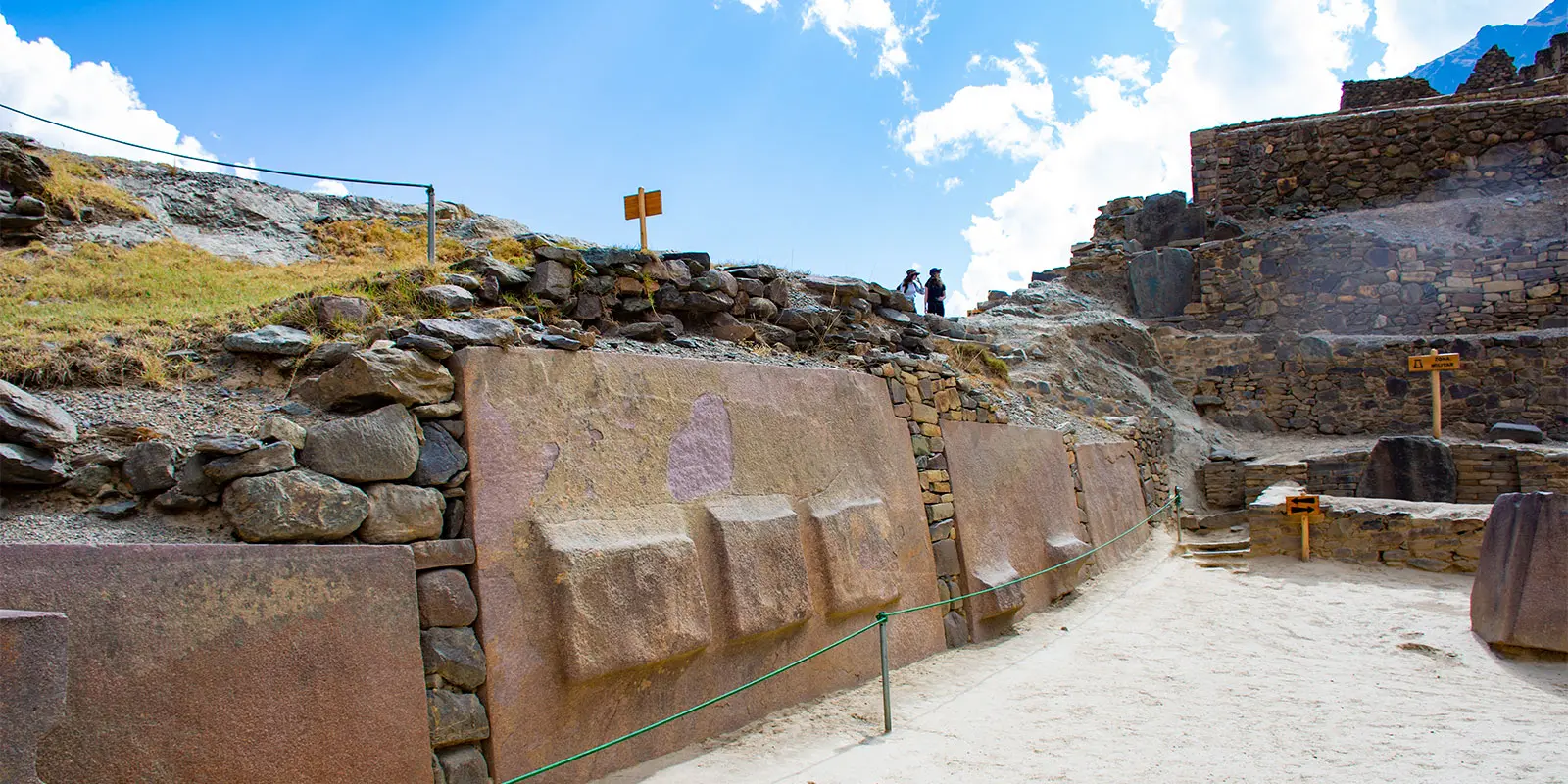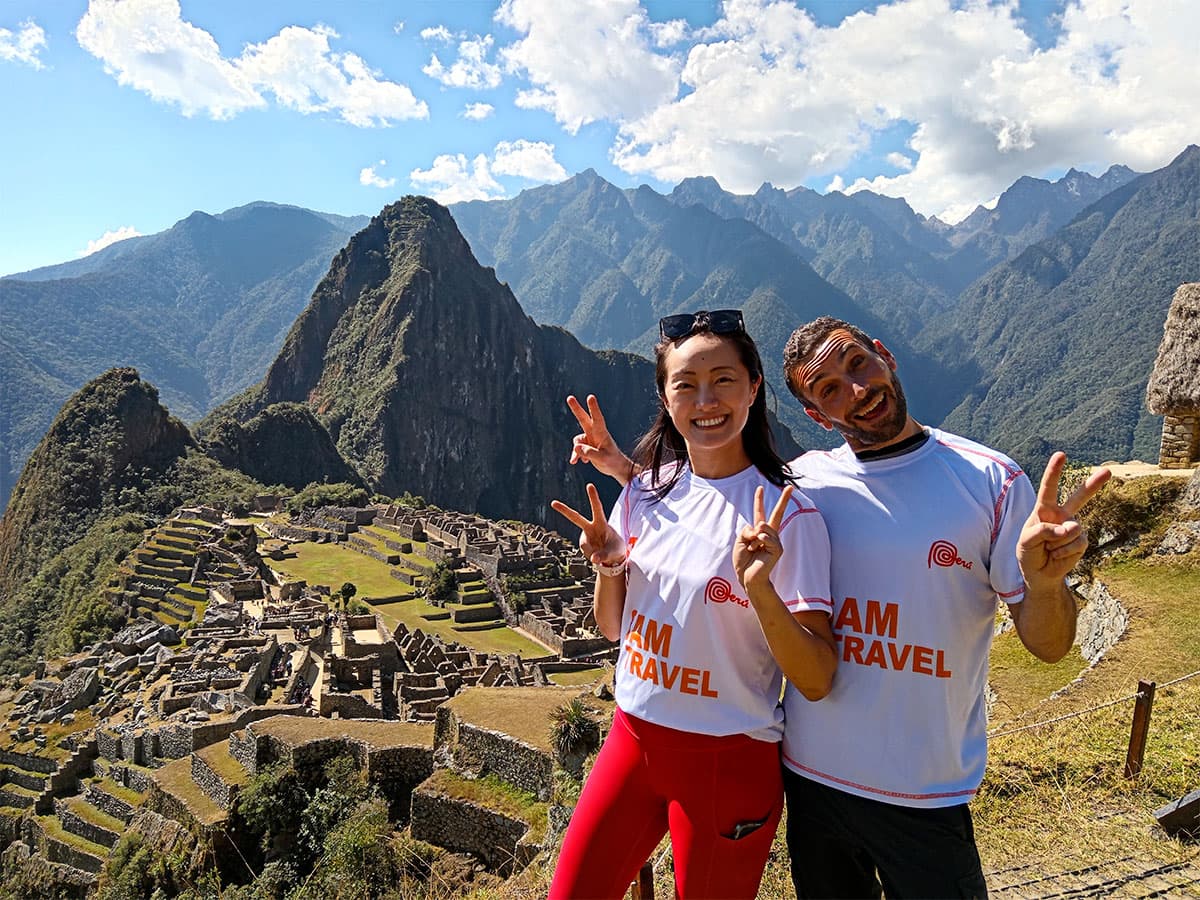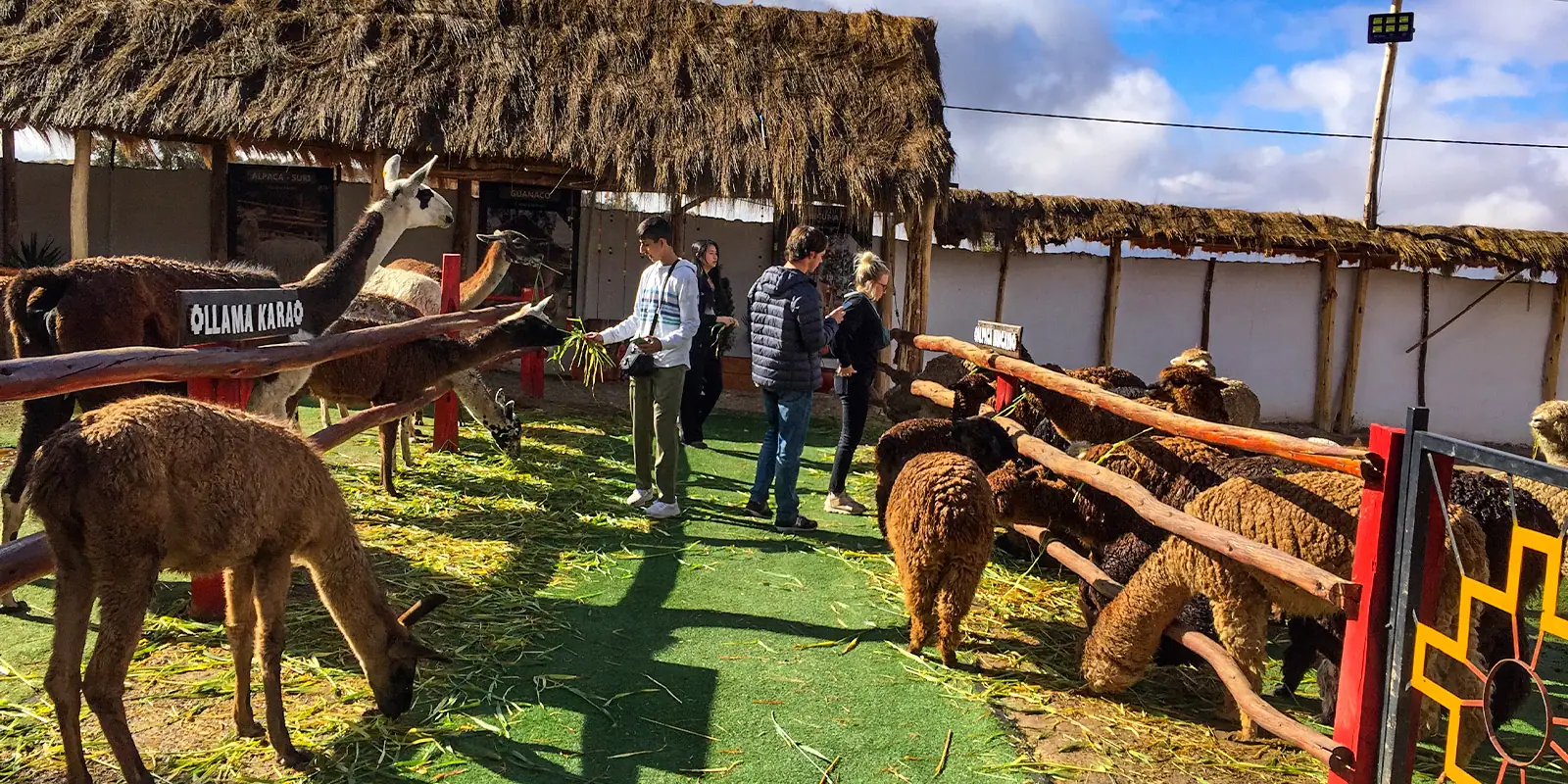The ruins at Ollantaytambo tower over the town like a majestic ruler giving orders from above. Feel overwhelmed by the magnificence of the massive Inca terraces which totally close the valley. Once you are on the ruin enjoy the views of the spectacular Andes with their verdant slopes and snow-capped peaks. Ollantaytambo is another impressive Inca site that is filled with fascinating history, mystery and surrounded by beauty.
History
Ollantaytambo was one of many towns conquered by Pachacutec, the 9th Inca king who was instrumental in the transformation of the Cusco Kingdom into the powerful Inca Empire. He built Ollantaytambo Fortress in the 15th Century. Under his reign, Ollantaytambo served as a pivotal outpost for Inca nobles and laborers. Upon his death, the estate remained under the control of his lineage in accordance with the land privileges reserved for Inca kings.
Luckily, we have extensive written records about the history of Ollantaytambo in the years during and after the conquest. Manco Inca escaped from Cusco, he established his headquarters here and it became the site of the infamous Battle of Ollantaytambo in 1537. Facing an incoming attack, Manco Inca ordered the building of a river dam to flood the valley and used the terraces as higher ground to defeat the Spanish soldiers. The Inca rebel forces eventually retreated further into the jungle. Ollantaytambo fell firmly into the possession of the Spanish colonists. The town became a focal point for settlement in the Sacred Valley. Ollantaytambo was granted to Hernando Pizarro, brother of Conqueror Francisco Pizarro later as an important source of tribute and labor for the colonial state.
Architecture
The layout of the urban sector includes two clearly differentiated areas: residential and administrative. Exquisite stonework is displayed alongside impressive agricultural terraces, fountains, and irrigation canals. Ollantaytambo is arguably one of the most sophisticated of Inca constructions. Based on the chronicles of the conquest and the site’s strategic position, scholars long believed that this place was a fortress for military defense. But the high quality of stonework suggests that it also served as a long-term resting place for royal families transiting through the Sacred Valley, possibly following the footpaths from Cusco to Machu Picchu.
The purpose of Ollantaytambo
Ollantaytambo was a major administrative, agricultural and religious center, but no one knows for what was its main purpose. Some archaeologists say it was a military fortress, while others say it was a temple or a royal estate. There are a lot of buildings in Ollantaytambo that look like they were never finished, this is another interesting thing about the town. Why the Incas stopped doing their work is still a mystery. Some people say it was because of the Spanish took over.
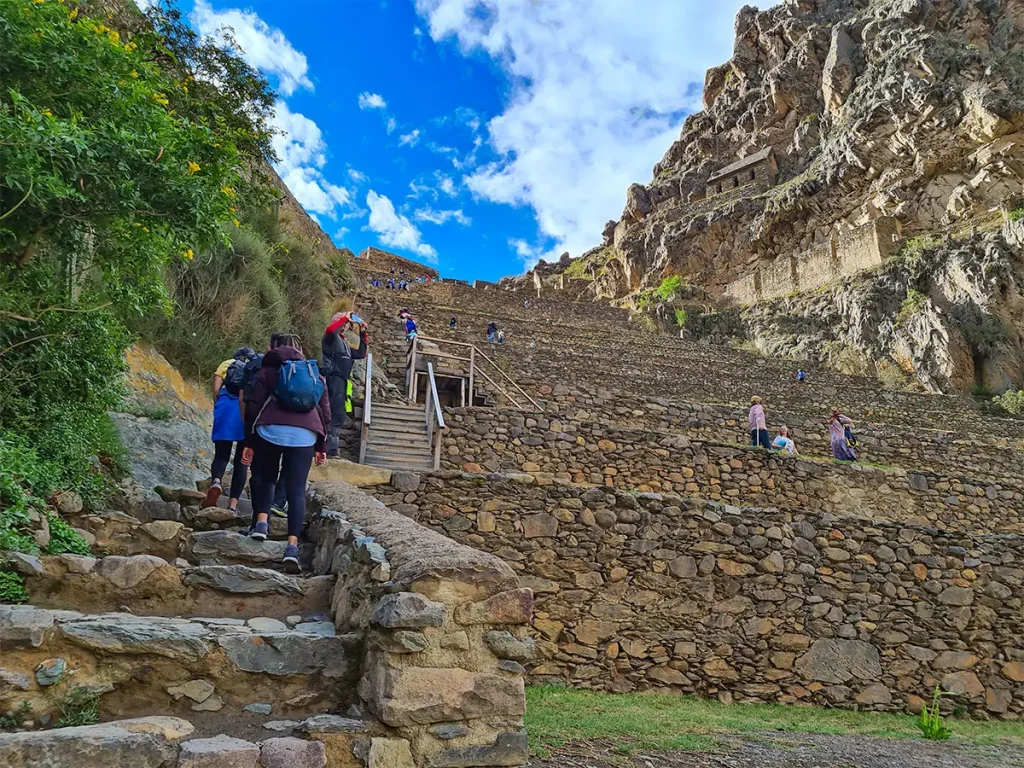
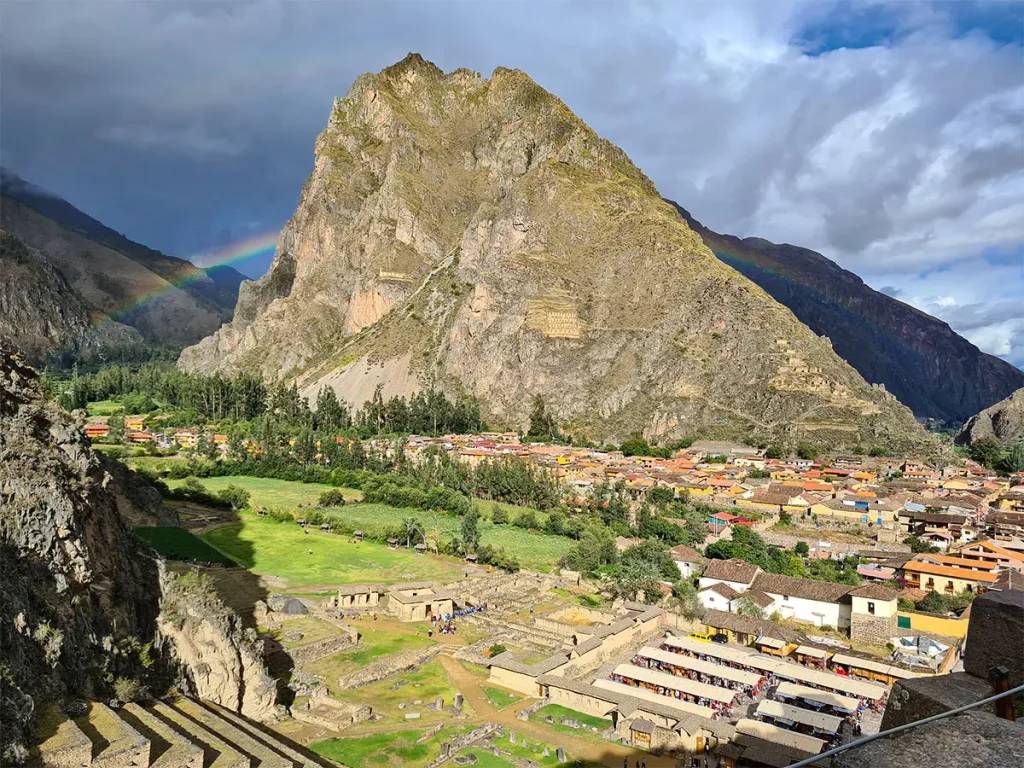
What you will see at Ollantaytambo ruins
The Temple of the Sun
The temple sits atop a pyramid of seventeen terraces that face the main square. Getting to the top presents a challenge because of the condition and quantity of the stone stairs. Allow 20 to 30 minutes to climb to the top. The red rocks that completed this temple are now mostly gone, taken to build the colonial town below, only six monoliths survive in place, but they tell the story of a structure that must have been magnificent. On top of the Temple of the Sun, there is another structure called the Inca Huatana, a flat wall with small niches several inches deep, apparently used for astronomical observation.
The Terraces
A distinctive feature of the Sacred Valley region is the presence of terraces. They are evidence that local populations mastered the challenging environmental and geographic conditions of the Andes to create productive lands. The terraces of Ollantaytambo are a marvelous achievement of early engineering. They are close to 2,300 feet long, 190 feet wide and 50 feet deep. These terraces have high, polished stonewalls. The position of the structures relative to the sun and the slope of the hill allows them to absorb solar heat during the day and retain it at night when temperatures fall. This creates a microclimate that permits the growth of crops from lower altitudes.
The Storerooms
Pinkuylluna is a series of Qolcas that Incas built on top of the hill of the same name, northeast of the current town. Qolca in the Quechua language means food and grain stores. The Incas built Qolcas in the upper parts of the hills to take advantage of the cold and strong gusts of wind to preserve their food such as corn, wheat, and jerky, among others. The hike lasts 1 hour and the descent another hour, from there you will have other views of the beautiful Inca fortress.
The Quarry
The fortress was built with huge rocks brought from a quarry 6 kilometers away, near to the Urubamba River. To transport these stones, the Incas had to divert the entire water channel around them, meaning a masterful engineering work and much wisdom. You can hike to the quarry but it takes a few hours.
How to get to Ollantaytambo
Bus. From Cusco city you can take a bus to Ollantaytambo. The trip is around 2 hours through the wonderful Sacred Valley. It only costs a few soles and the bus is clean and tidy. Once you arrive walk to the ruins and hire a guide to do the tour. Guides can be hired at the gate of the ruins.
Tour. Most people buy a guided tour of the Sacred Valley which usually includes Ollantaytambo. The site normally is the last stop on the tour and your guide will give you a tour of the site. The other option is to do a private tour which will be more expensive but you get to do what you want to do and see what you want to see.
Train. It is possible to get from Cusco to Ollantaytambo by train. Although this is not popular it is possible. You can board the Vistadome train in Poroy and travel to Ollantaytambo, most people stay on the train and go directly to Machu Picchu.
Ollantaytambo ruins tour & Machu Picchu
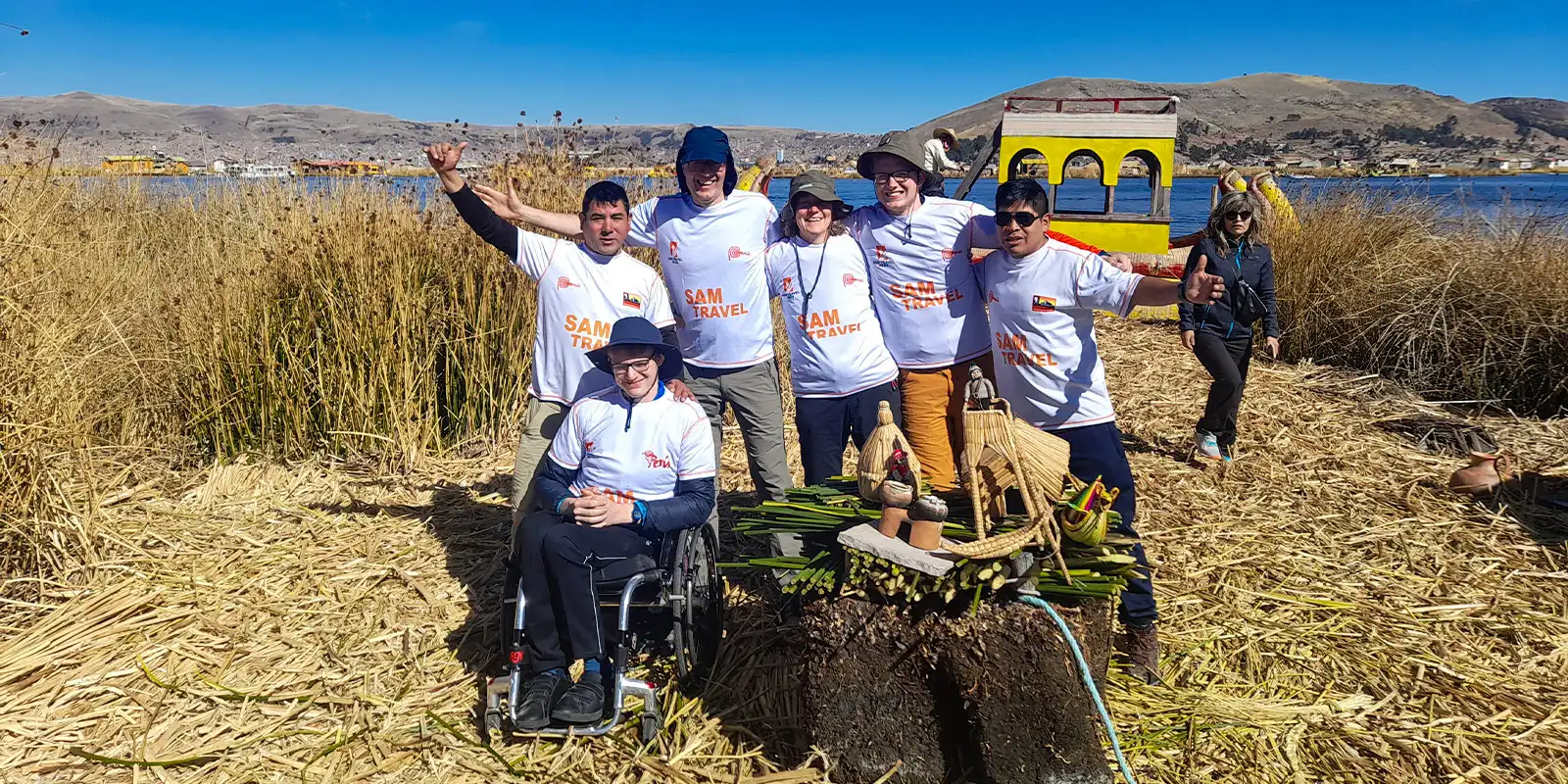
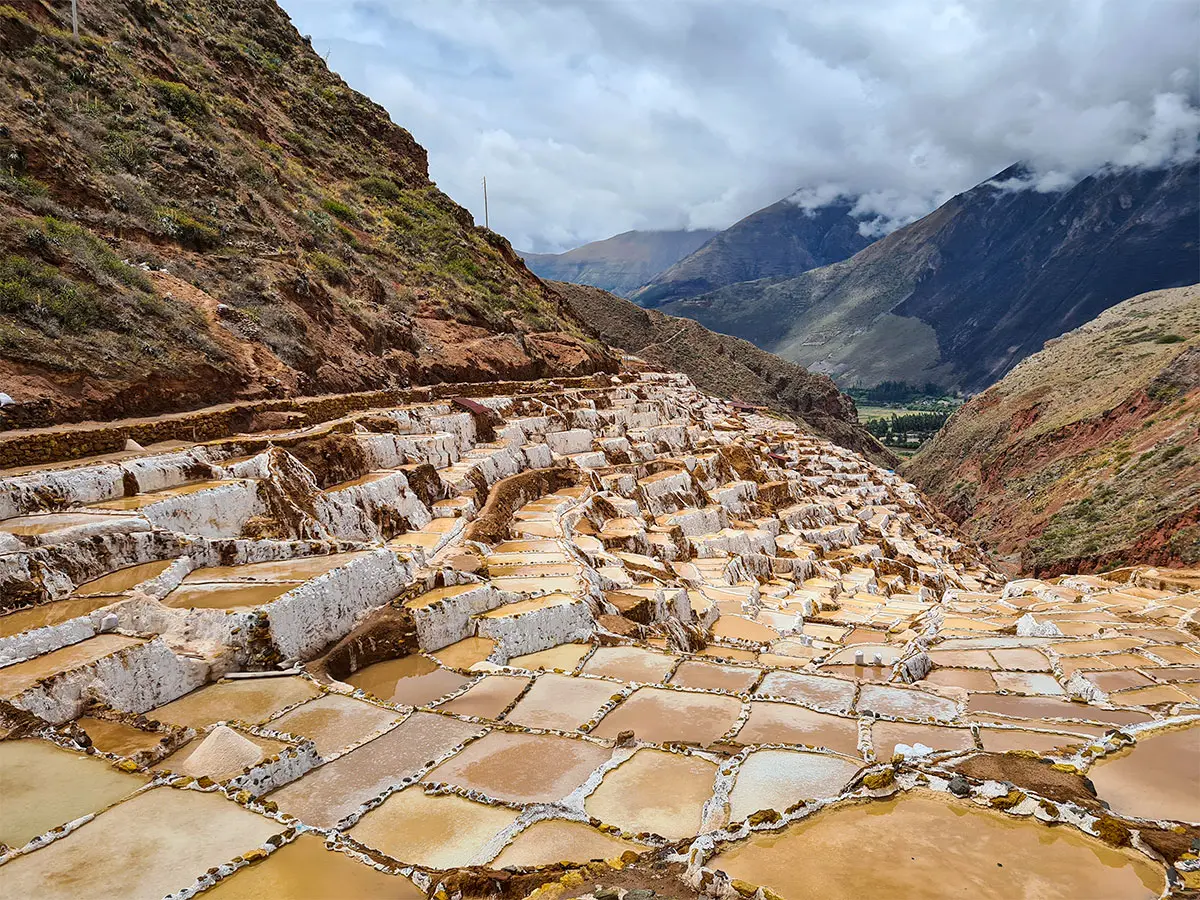
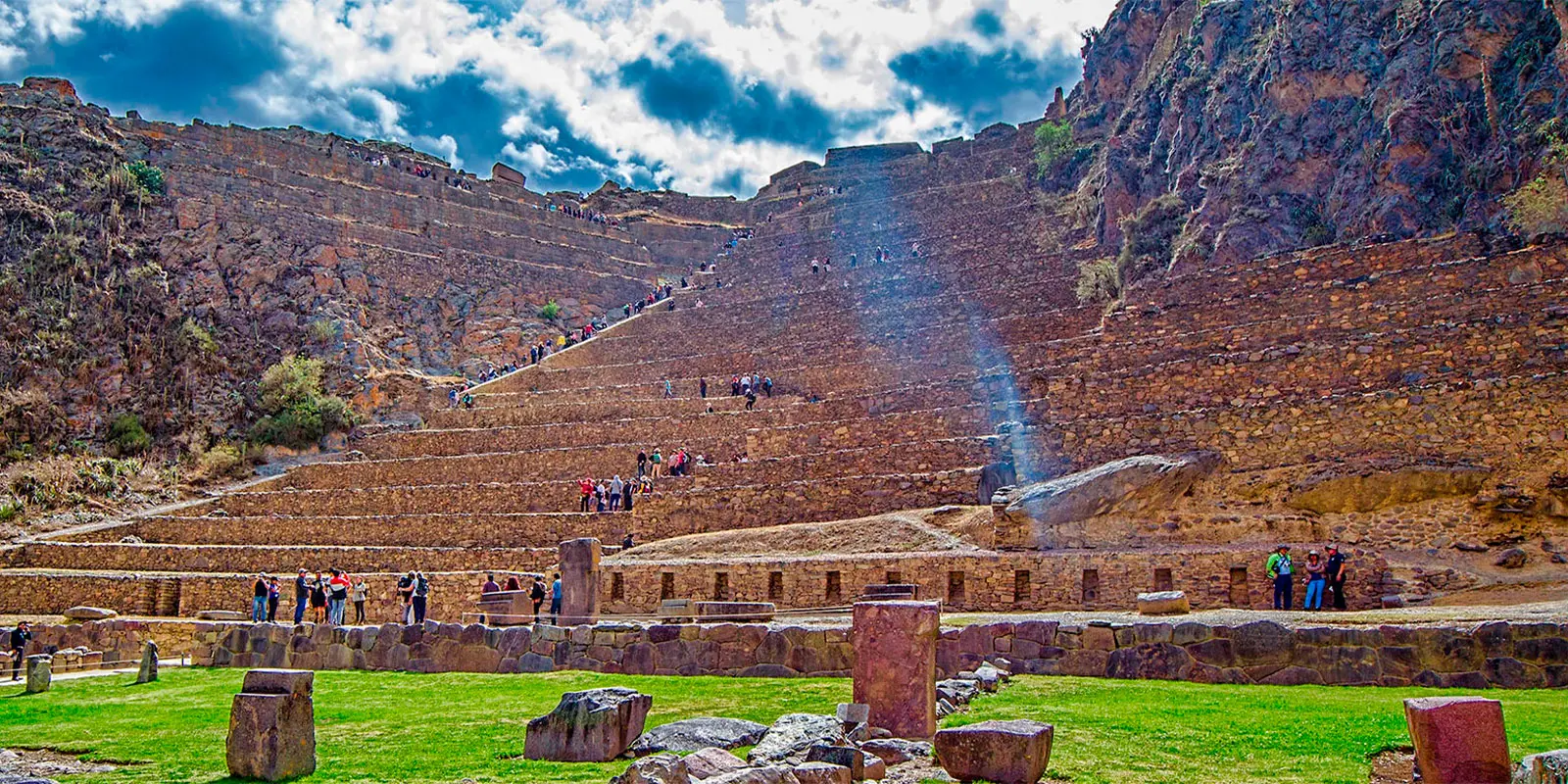
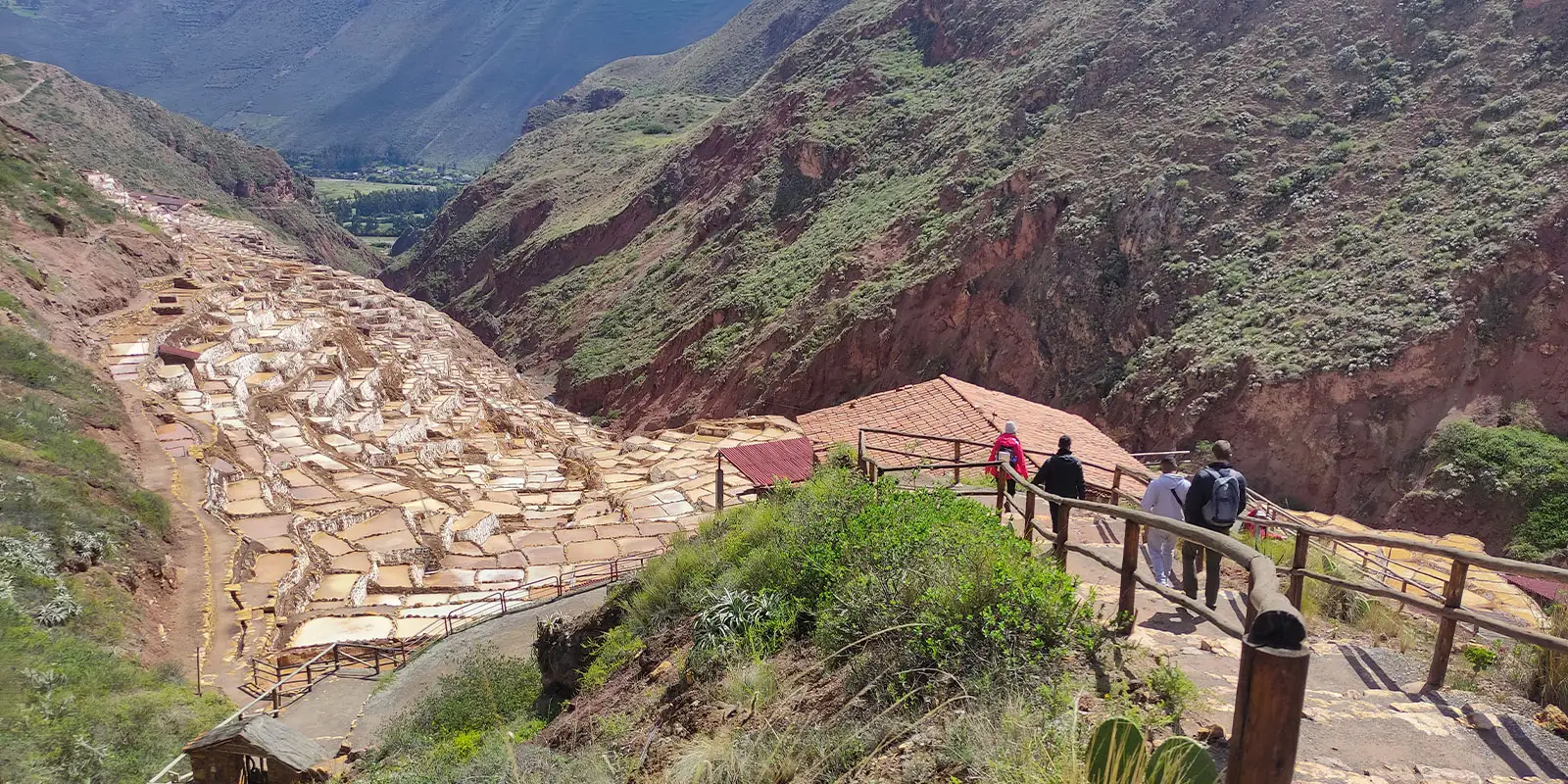
Weather
Ollantaytambo Ruin is located in the Sacred Valley where the climate is better than Cusco. The days are mild and warm and the nights chilly. It is located 2792 meters above sea level and is 75 kms from Cusco.
Ollantaytambo Town
Said to be a living Inca Town, Ollantaytambo is filled with stone streets and waterways. There is a big market with colorful souvenirs located just in front of the ruins. On the town square find some great restaurants to have lunch or breakfast. The town is one of the most charming in the Sacred Valley. Many stay over night before getting the train to Aguas Calientes, there is a wide range of hotels available from budget to luxury.
Train to Machu Picchu from Ollantaytambo
Ollantaytambo has the train station for the train to Machu Picchu. There are 2 companies to choose from, Peru Rail and Inca Rail, both have budget, luxury and super luxury trains. From Ollantaytambo you can take the train to Aguas Calientes, the town below Machu Picchu.
Cusco Visitors Ticket
When you arrive into Cusco, it is a great idea to get a Cusco Visitors ticket. With this ticket you can enter most of the sites in Cusco, which includes Ollantaytambo and the Sacred Valley. The cost will depend on if you buy a partial or full ticket.
Ollantaytambo, hard to say but worth the visit for history, beautiful settings, home of the Incas last battle with the Spanish, beauty, food, atmosphere, what else could you ask for, book your Peruvian holiday today and don’t forget to include Ollantaytambo.
